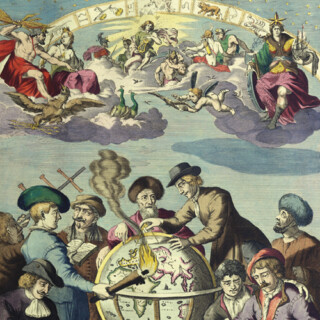-
×
 Wyld's map of South Africa
1 × £1,000
Wyld's map of South Africa
1 × £1,000 -
×
 Osaka Castle
1 × £250
Osaka Castle
1 × £250 -
×
 Greenwood's large-scale map of Lancaster
1 × £2,500
Greenwood's large-scale map of Lancaster
1 × £2,500 -
×
 First edition of John Ainslie's Landmark Map of Scotland
1 × £6,000
First edition of John Ainslie's Landmark Map of Scotland
1 × £6,000 -
×
![NASA. [Jupiter and its moons Io, Europa, Ganymede and Callisto; Saturn and six of its moons]](https://i0.wp.com/crouchrarebooks.com/wp-content/uploads/2025/03/20126_1H.jpg?fit=6146%2C4870&ssl=1) The moons of Saturn and Jupiter
1 × £15,000
The moons of Saturn and Jupiter
1 × £15,000 -
×
 Superb facsimile of the Vatican’s Ptolemy Cosmographia of 1472
1 × £6,000
Superb facsimile of the Vatican’s Ptolemy Cosmographia of 1472
1 × £6,000 -
×
 First state of Beck’s iconic tube map
1 × £3,000
First state of Beck’s iconic tube map
1 × £3,000 -
×
 Visscher family catalogue
1 × £10,000
Visscher family catalogue
1 × £10,000 -
×
 Egypt
1 × £100
Egypt
1 × £100
Africae
described, the manners of their Habits, and buildinge: newly done into English by I.S.
[London],
published at the charges of G. Humble,
1626, [but 1627-1632].
Double-page engraved map, with hand-colour.
390 by 500mm. (15.25 by 19.75 inches).
21913
notes:
The first English map of Africa, from the first atlas compiled and published by an Englishman, Speed's 'Prospect'.
The map was engraved by Abraham Goos for Speed's 'Prospect of the Most Famous Parts of the World'. Along the top border are eight inset views of cities, mainly in North Africa (for example, Alexandria, Tangier, and Tunis); along the side margins are inset engravings of people from different regions. The map is dense with place names, rivers, mountai...
The map was engraved by Abraham Goos for Speed's 'Prospect of the Most Famous Parts of the World'. Along the top border are eight inset views of cities, mainly in North Africa (for example, Alexandria, Tangier, and Tunis); along the side margins are inset engravings of people from different regions. The map is dense with place names, rivers, mountai...
bibliography:
Norwich, 30; Shirley [Atlases], T.SPE-2a.
provenance:










